The life of the Khmer people in the South is always closely associated with festival culture, including the traditional Ngo boat racing at the Ooc Om Boc Festival - Soc Trang Ngo boat racing, held by the people on the full moon day of the 10th lunar month every year.
The pictures of the Ngo boat below were taken at Wath Pich Pagoda, Vinh Chau town, Soc Trang province.
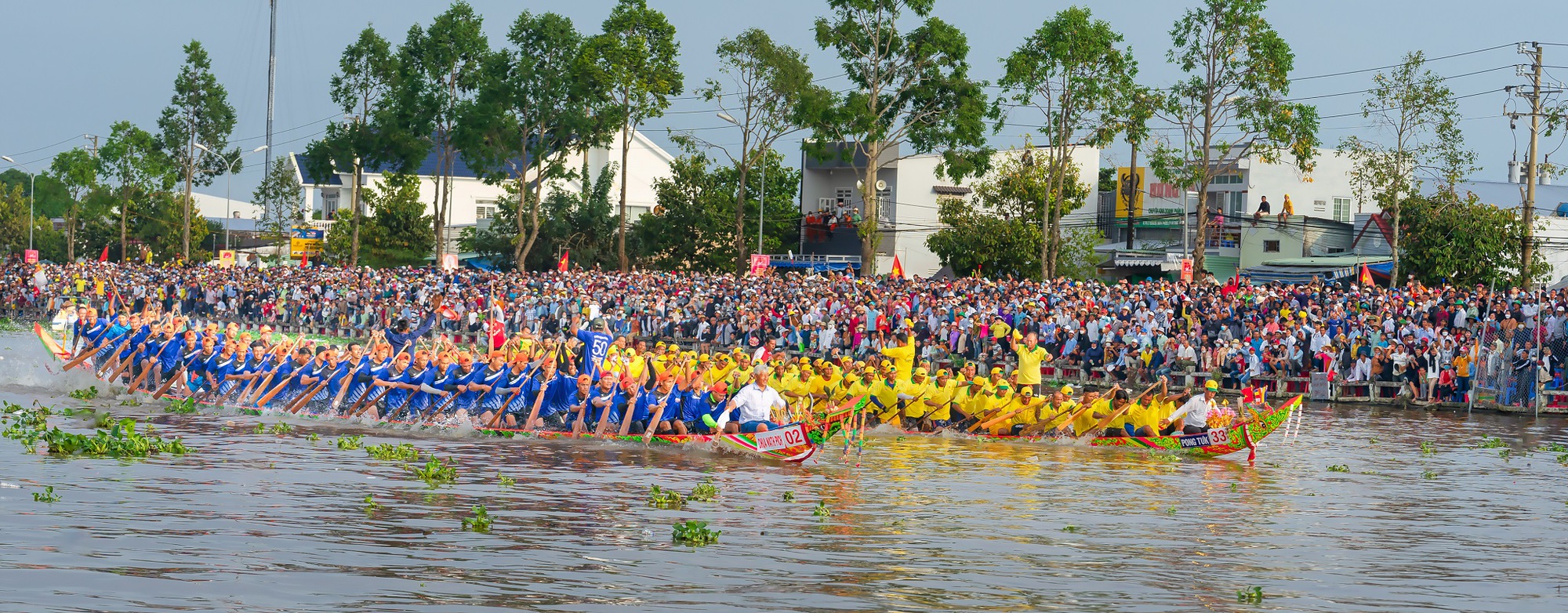
The chase between the two men's boat teams Wath Pich (blue shirt) and Pong Tuk Chás (yellow shirt) in the final round of the 2022 tournament on the Maspero River, Soc Trang. As a result, Wath Pich surpassed Pong Tuk Chás when 3-4m from the finish line and won the championship.
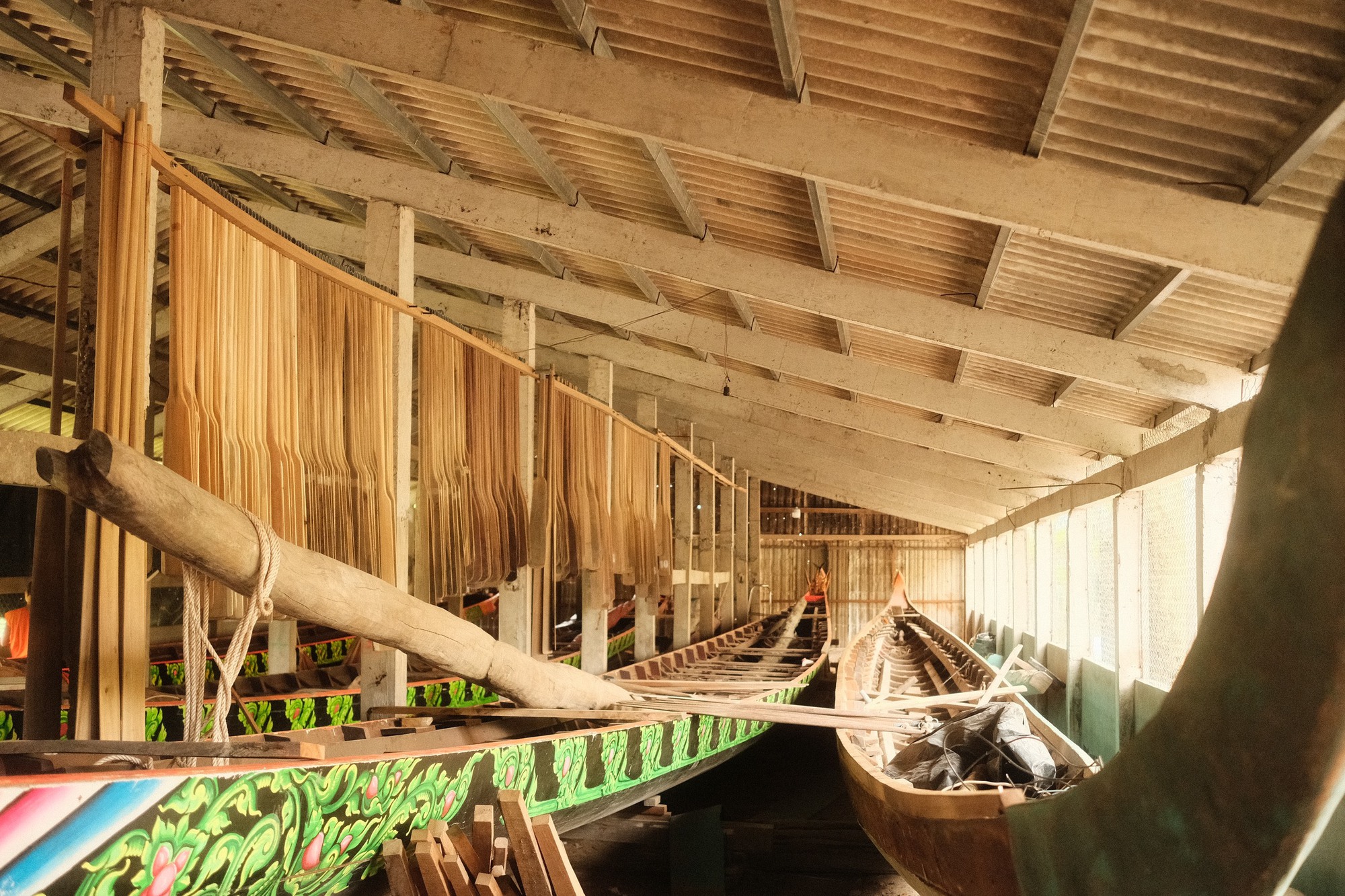
There are still 4 months left until the traditional Ngo boat racing tournament in Soc Trang province (November 26-27), but currently, Khmer pagodas are starting to prepare for the season, including building boats and decorating boats. In the photo are new and old Ngo boats preserved in the boat house of Wath Pich pagoda, in Vinh Phuoc ward, Vinh Chau town, about 40km from Soc Trang city. This is one of the oldest pagodas in the South, built in 1738.
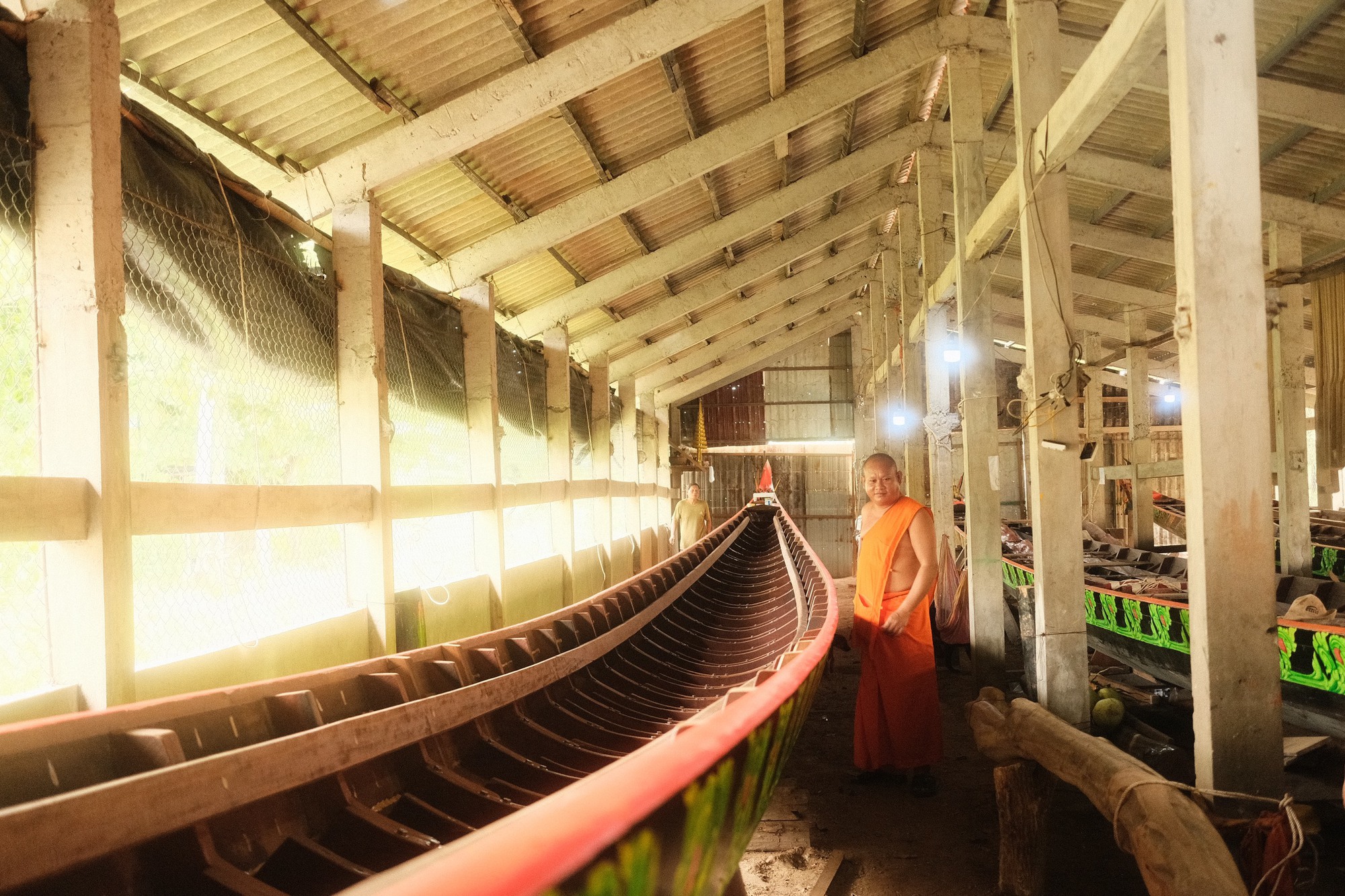
This year, the abbot Tran Det (pictured), abbot of Wath Pich Pagoda, built a new boat. The boat has a roof to protect against rain and sun and to prevent termites.
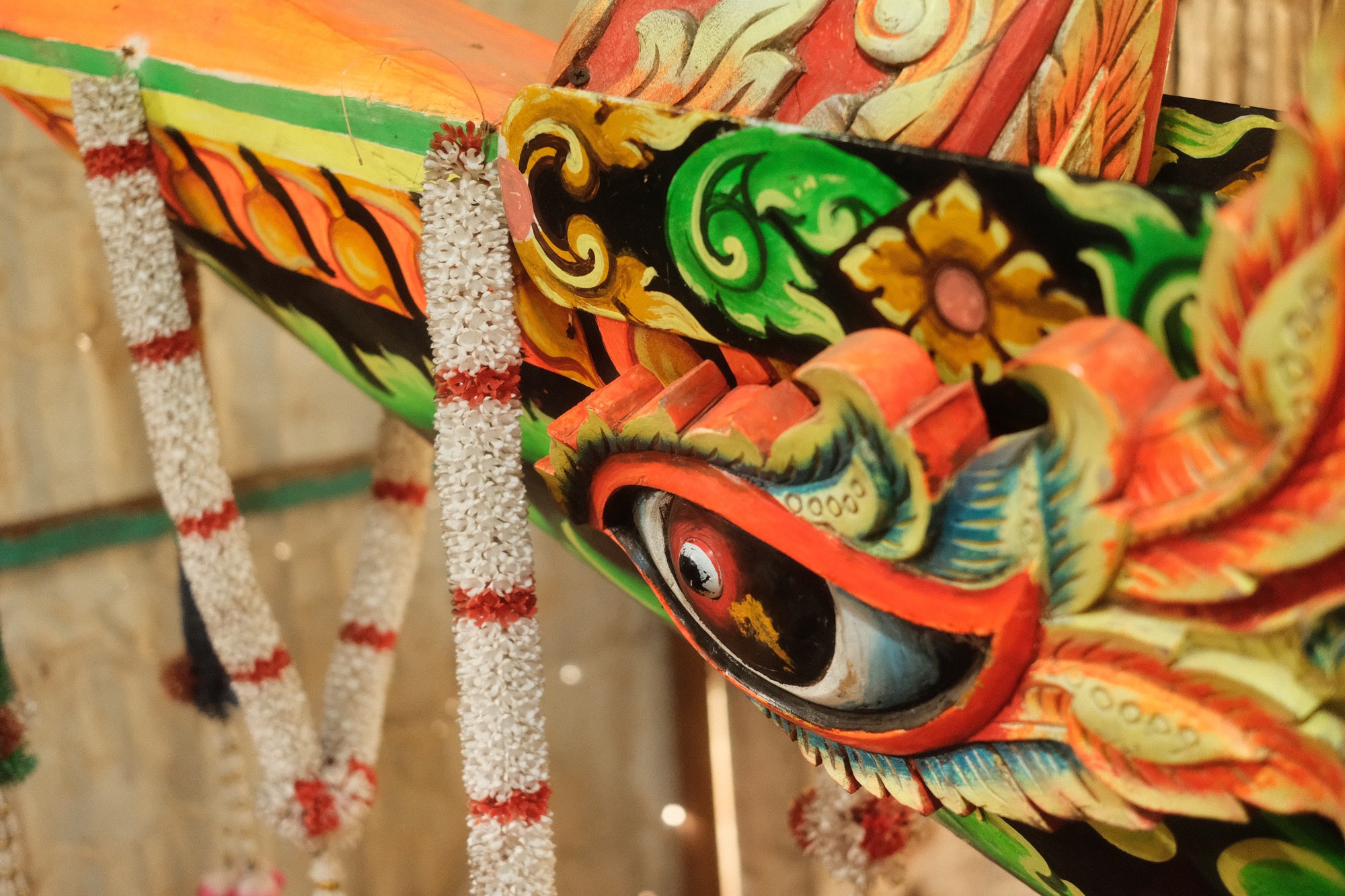
Ghe ngo in Khmer is Tuk Ngo, used by people to race each other during the Ooc Om Boc festival, with the aim of praying for favorable rain, wind and good crops.
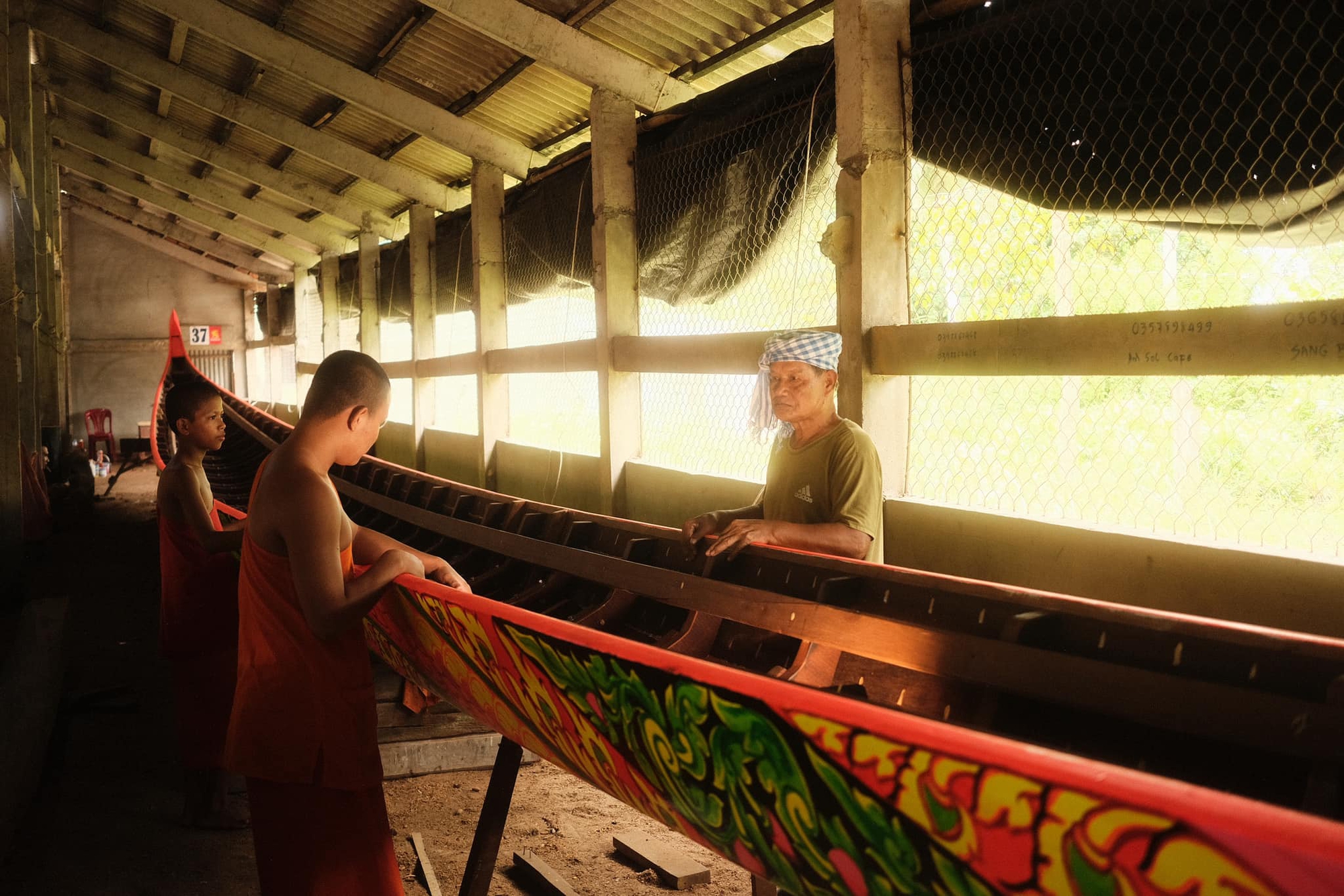
Artisan Danh Vu, the boat builder, and artist Thach Thol, the person who painted the patterns on the boat's hull, are both skilled and famous artisans in Soc Trang.
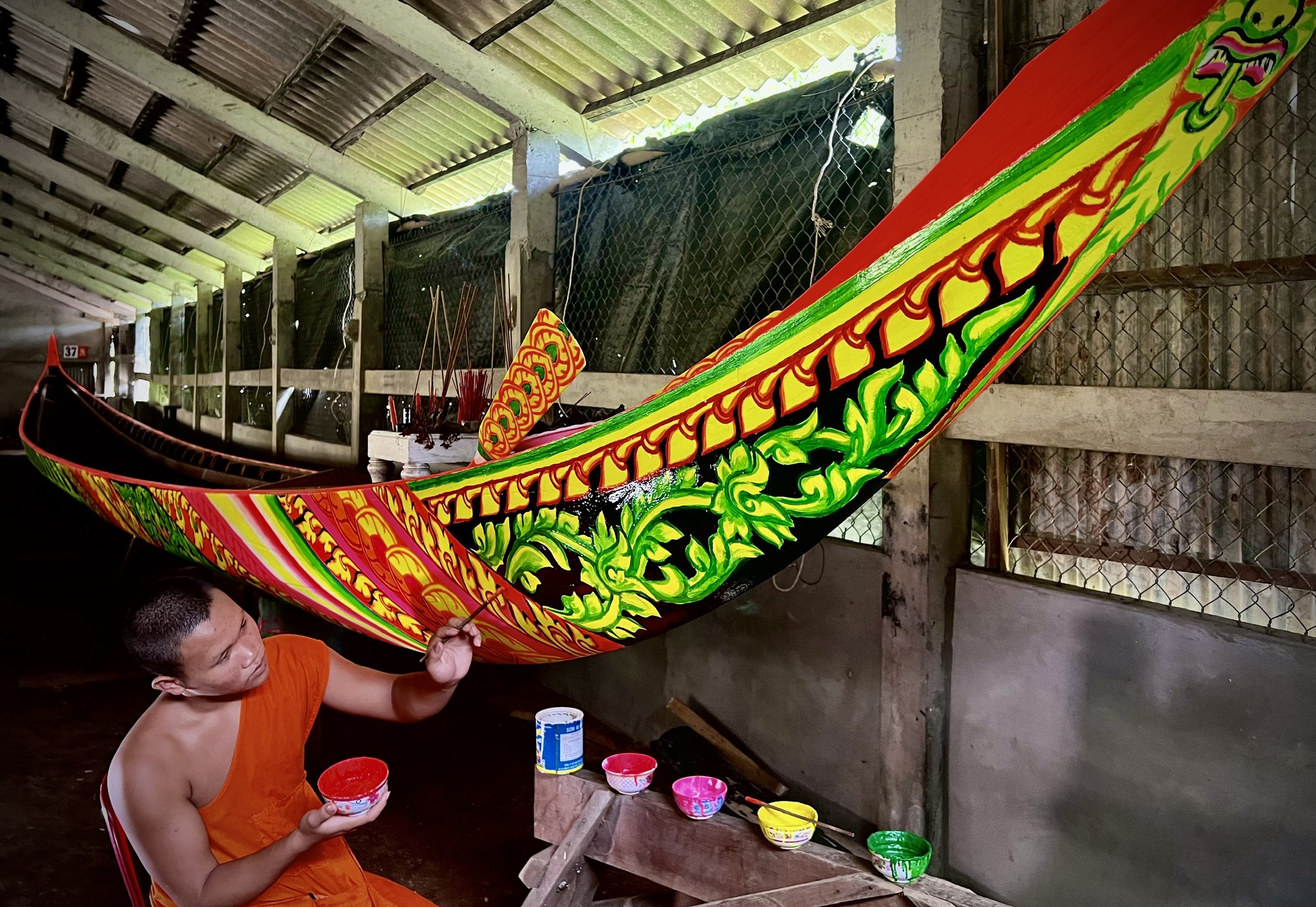
Master Hao Em is helping to paint the boat's hull. Traditionally, a ngo boat is 27m long, shaped like a snake, tapering gently towards the front, with a curved head and slightly lower than the stern. Each boat must accommodate 40-60 people to swim and command.
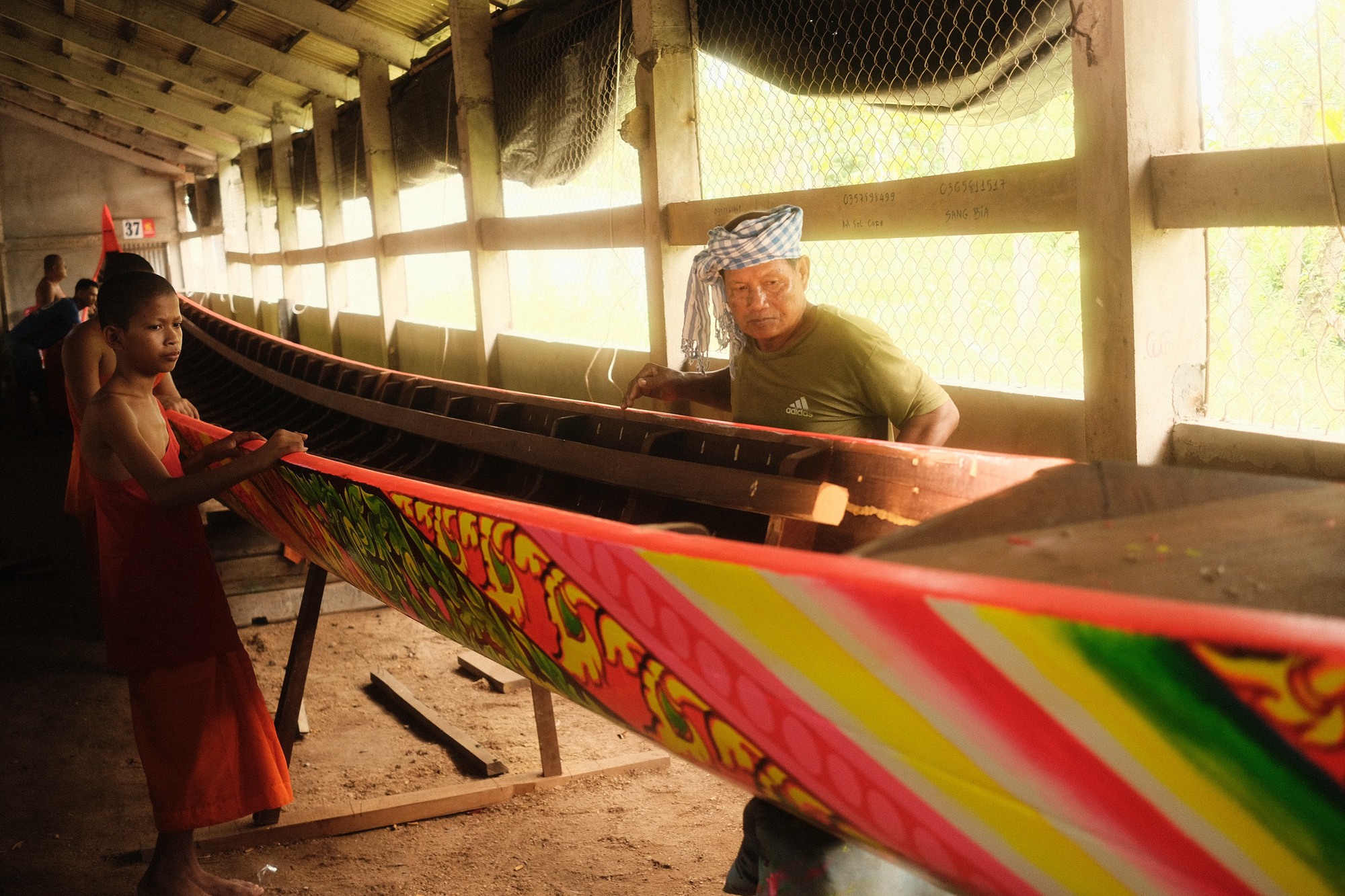
In the past, the Khmer Tuk Ngo was a dugout canoe that took more than a year to complete. Nowadays, boat building is replaced by wooden planks from Sao tree, and boat building tools are also modern, so the time is shortened, taking nearly 2 months to complete.
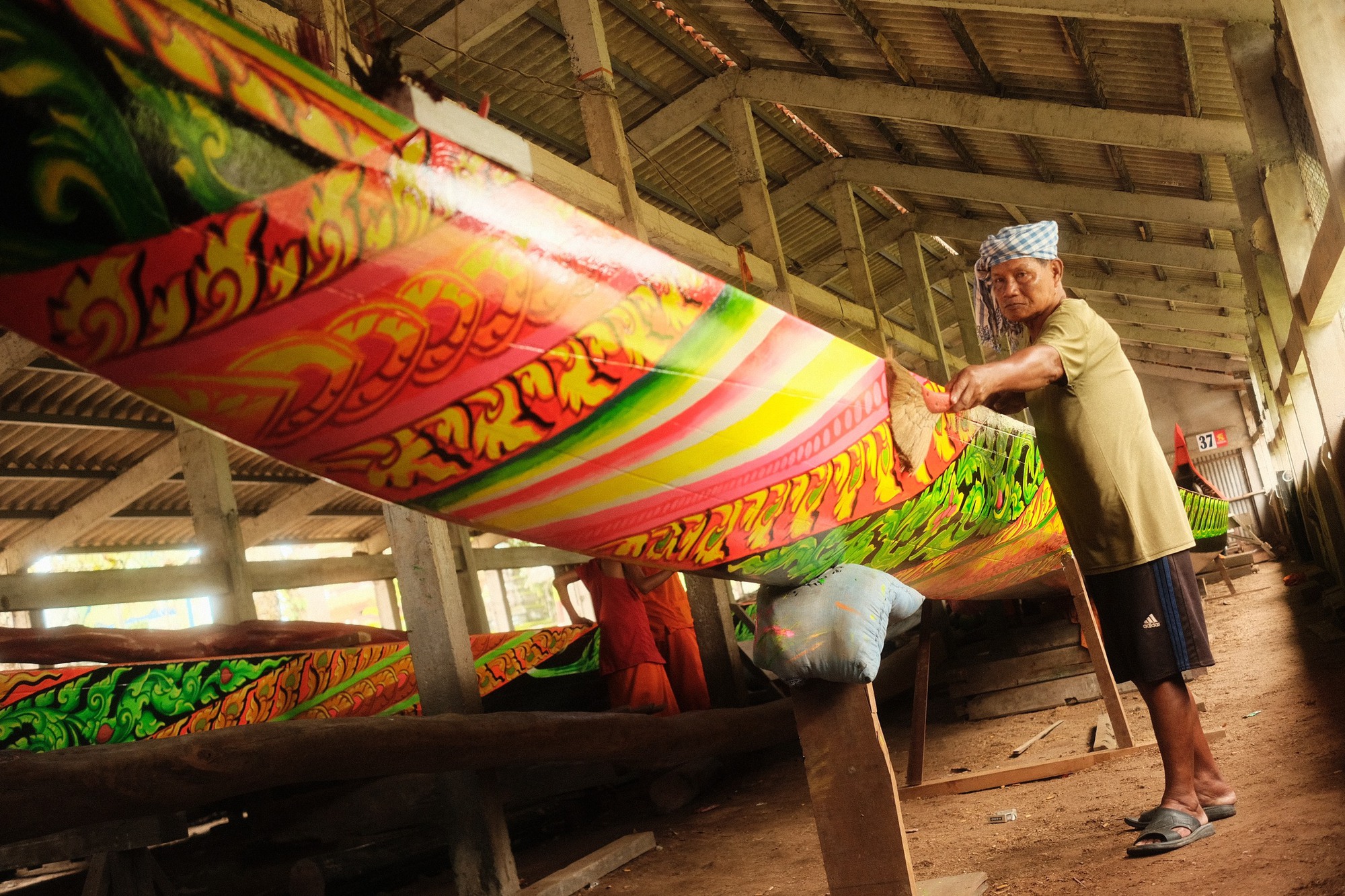
Workers are constantly improving boat building techniques to glide on the river as fast as possible. That is also the reason why today's ngo boats are built longer, about 30m long, instead of 27m like before.
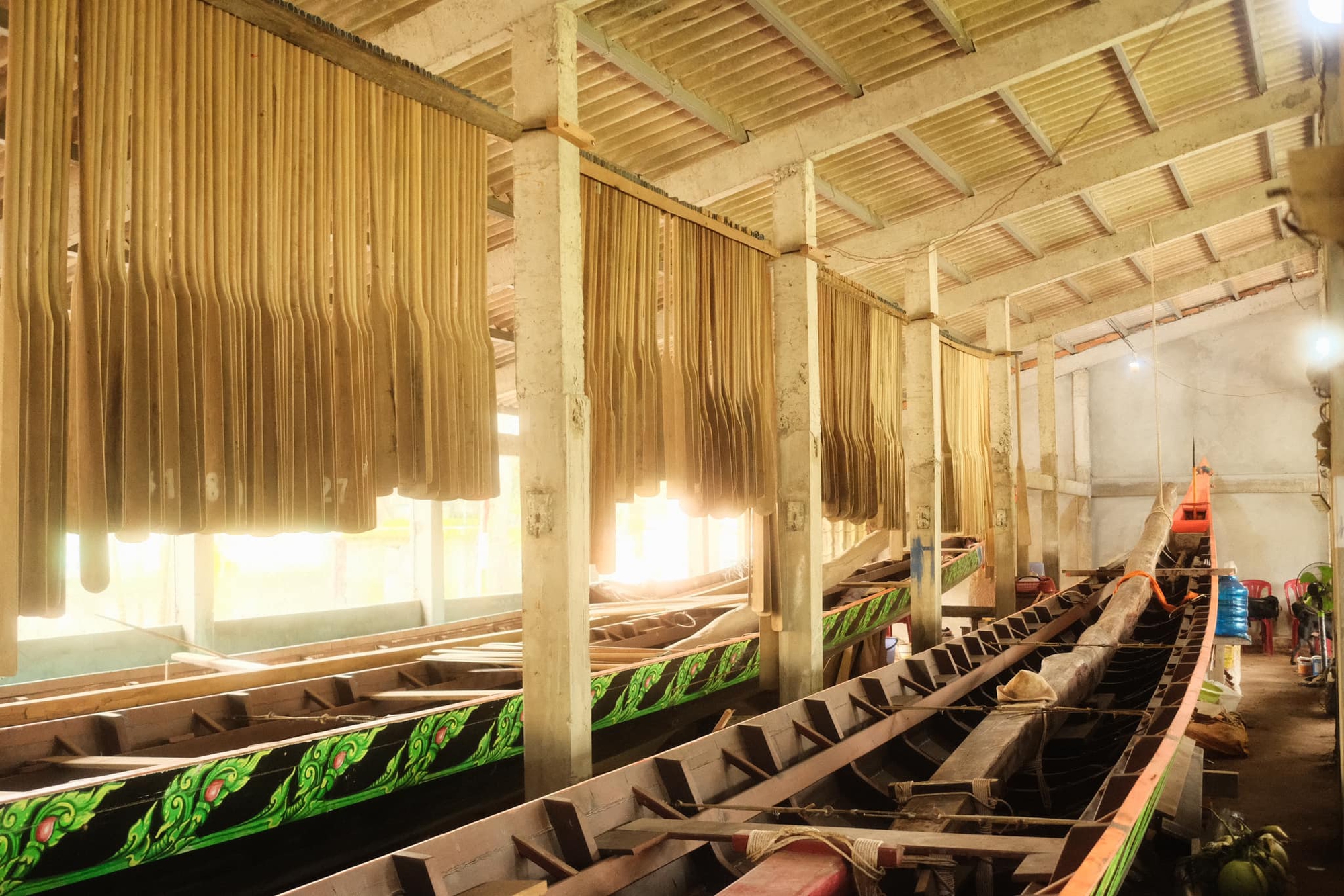
The Ngo boat has many compartments, each compartment has many crossbars just enough for 2 people to sit and swim comfortably in parallel pairs. On the boat there are two load-bearing pliers, usually made of cajuput tree trunks, which help the boat bounce and move quickly while also helping to hold the boat firmly so it does not break in half. Each tree has a diameter of about 0.2m. One pliers is long along the length of the boat, the other pliers (from the middle of the boat body to the back) is called the fishing rod. This tree is many years old and is dried indoors for 1-2 years before being tied to make a fishing rod for the boat. The Ngo boat has its own beam, made in many sizes depending on the position of the swimmer, the beam behind the steering wheel and in front of the bow will be longer than the other beams, which have the effect of steering.
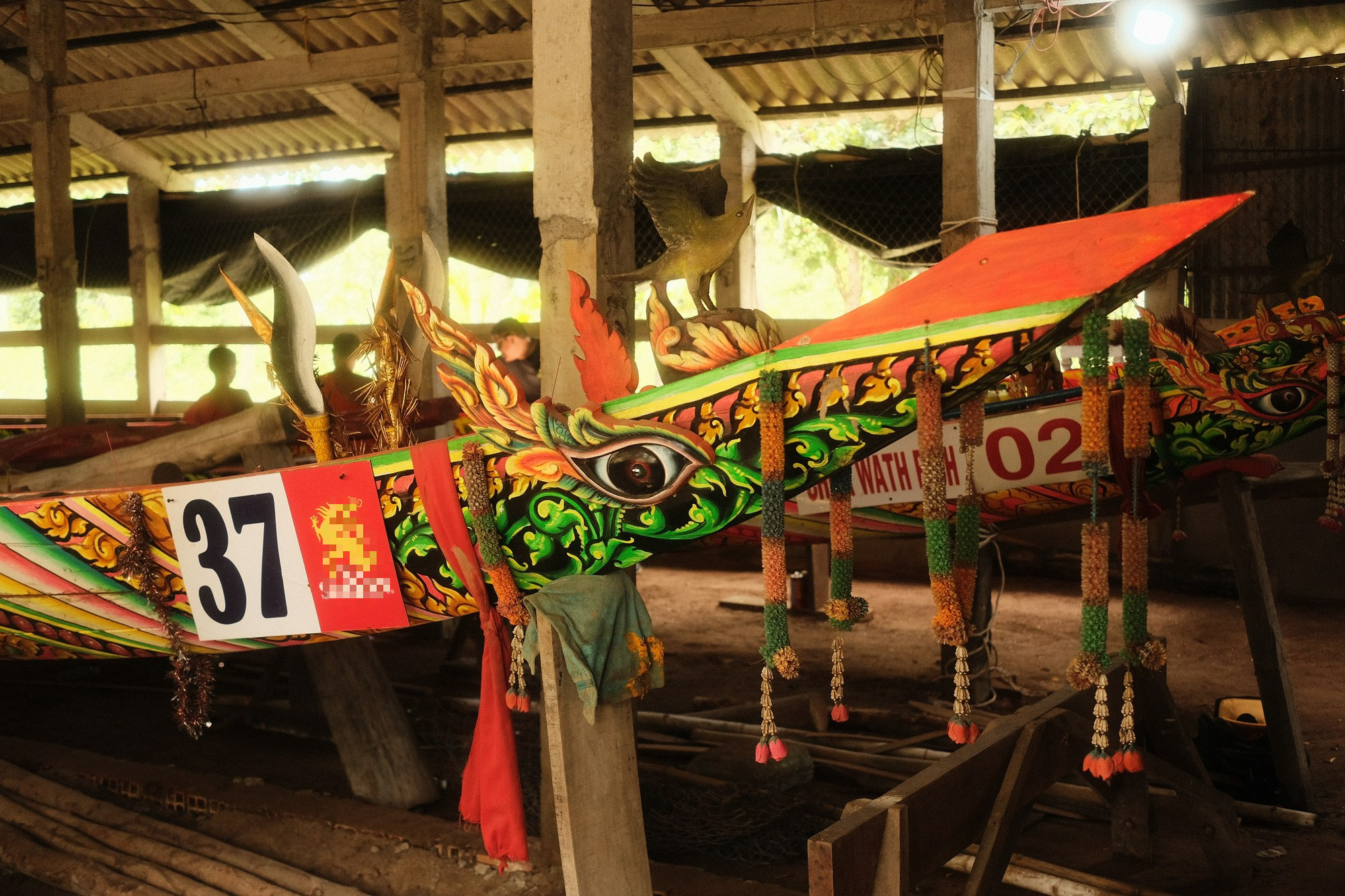
The boat's body is painted with many colorful colors, dragon scales, snakes following the model of the Nagar snake god and other traditional patterns and symbols in Khmer culture.
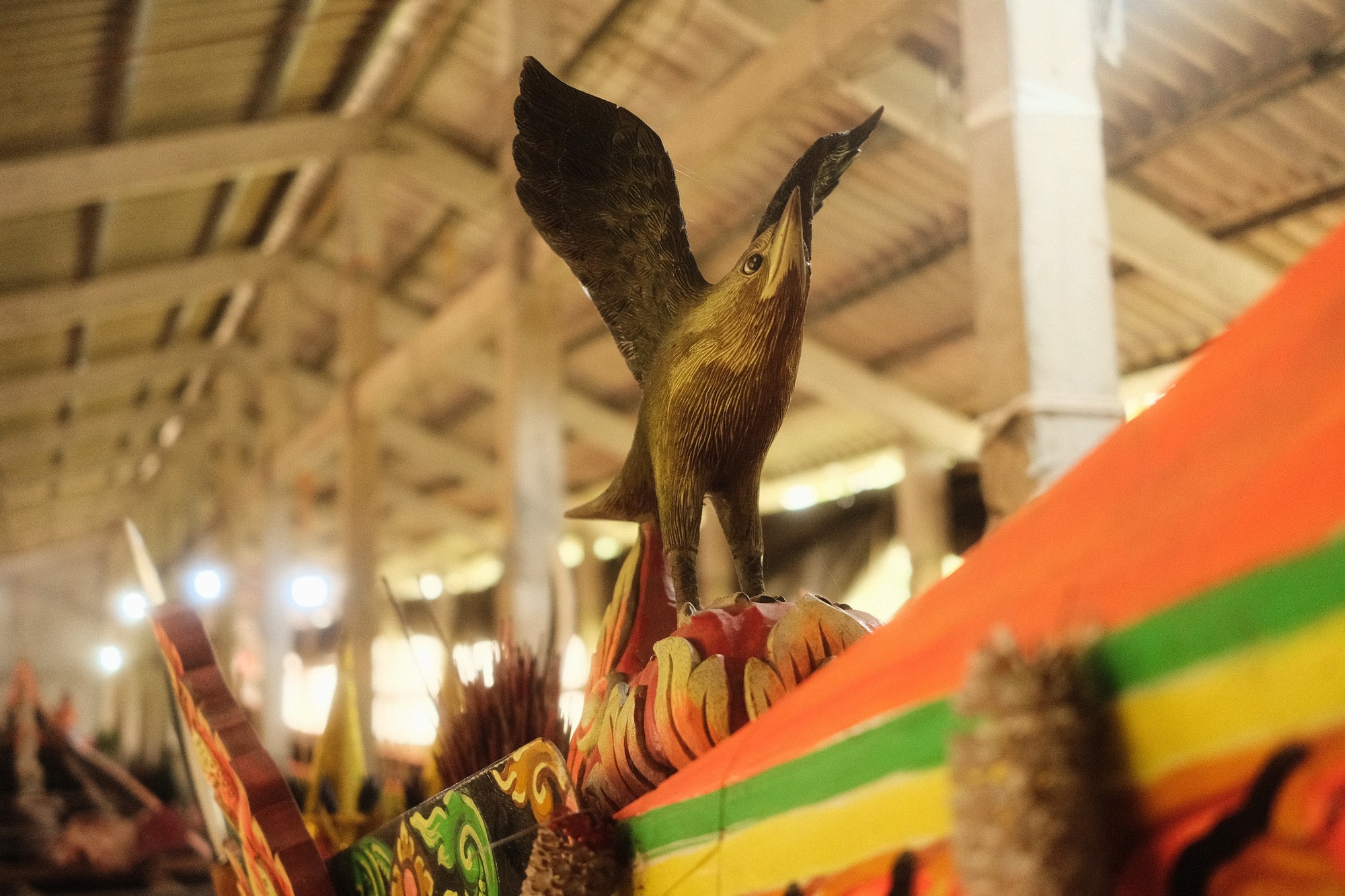
Each boat has its own characteristics, its own symbol, which is also a sign to remember and at the same time shows the strength of the racing boat, often chosen according to the traditional concept of each pagoda, such as animals with strength, or the ability to run fast. The Ngo boat of Wath Pich pagoda chose the symbol of an eagle. After building and painting the boat, the pagodas gather young people living near the pagoda every afternoon to practice swimming on land and under the water, then perform the launching ceremony and wait for the competition day.
Ngo boat racing is a Khmer festival that has been passed down for centuries, with the important purpose and meaning of expressing affection and gratitude to the rivers that have provided alluvium and brought abundant benefits to human life.
Source link


![[Photo] Overcoming all difficulties, speeding up construction progress of Hoa Binh Hydropower Plant Expansion Project](https://vstatic.vietnam.vn/vietnam/resource/IMAGE/2025/4/12/bff04b551e98484c84d74c8faa3526e0)




![[Photo] Closing of the 11th Conference of the 13th Central Committee of the Communist Party of Vietnam](https://vstatic.vietnam.vn/vietnam/resource/IMAGE/2025/4/12/114b57fe6e9b4814a5ddfacf6dfe5b7f)


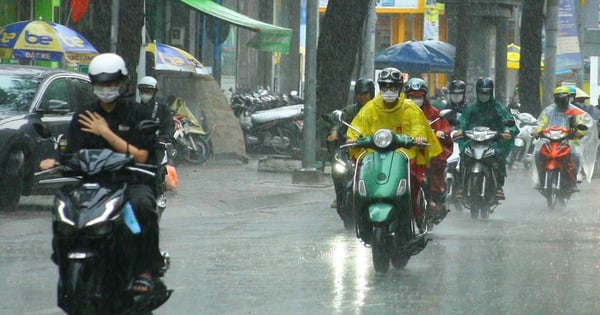

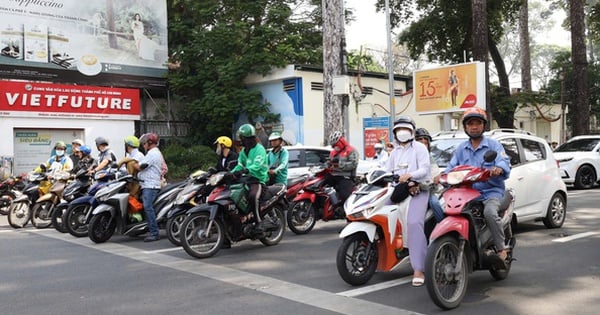
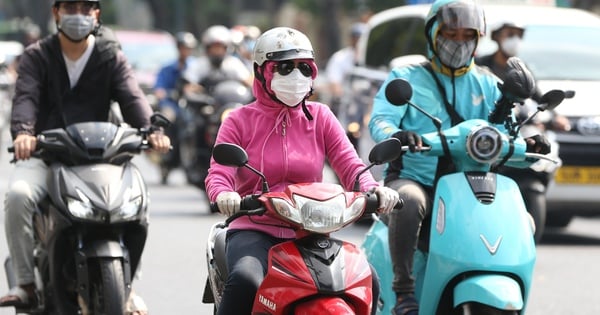
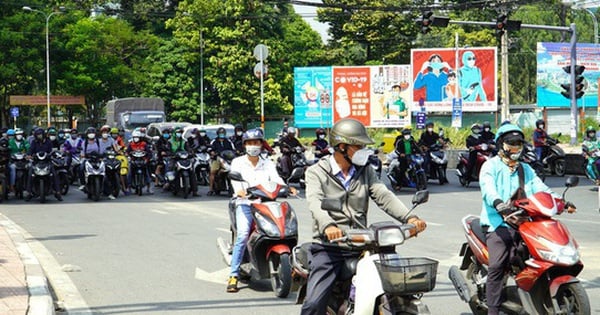




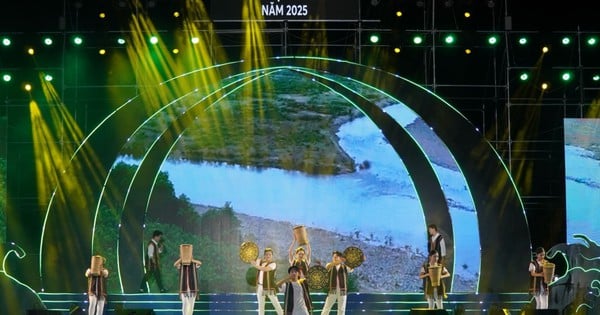
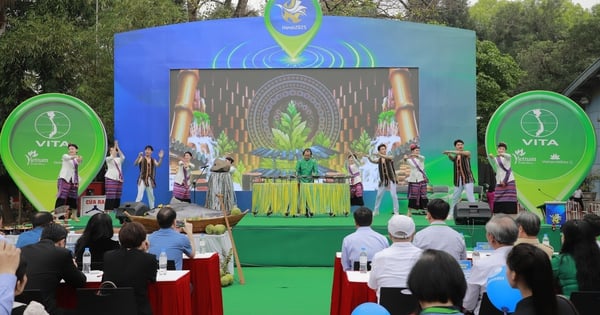




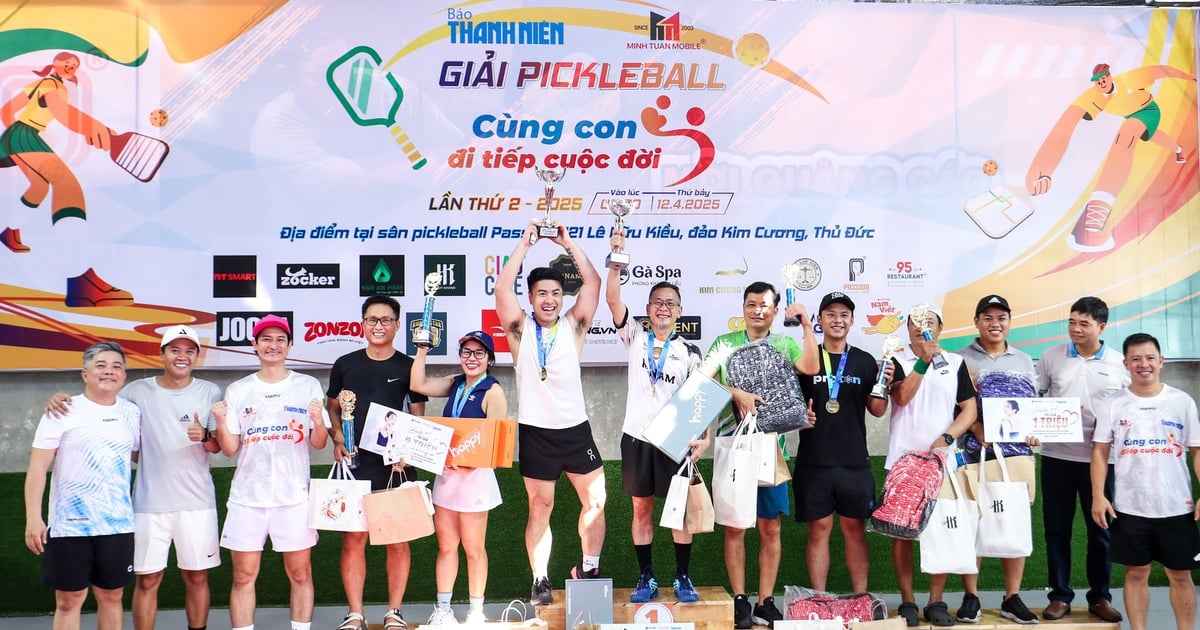
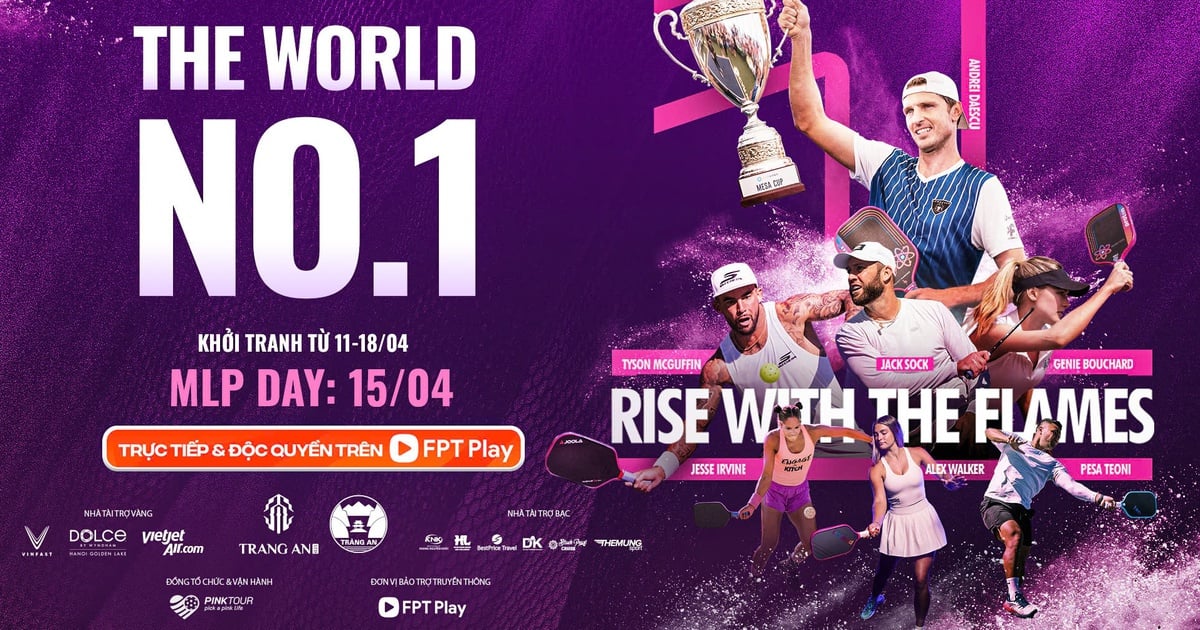
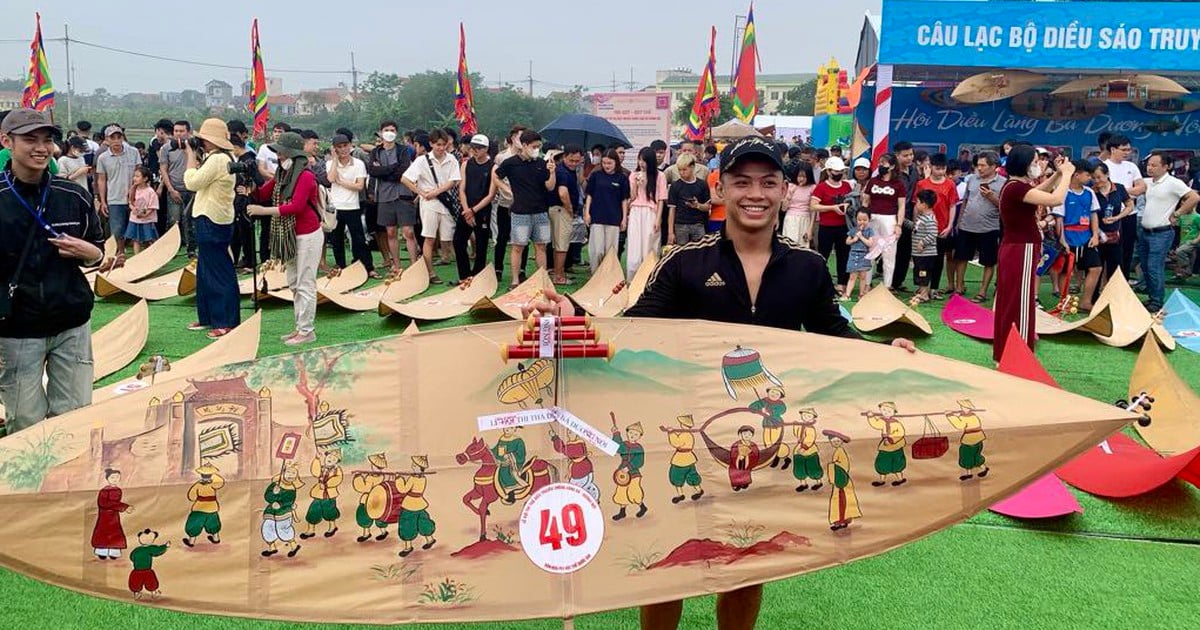
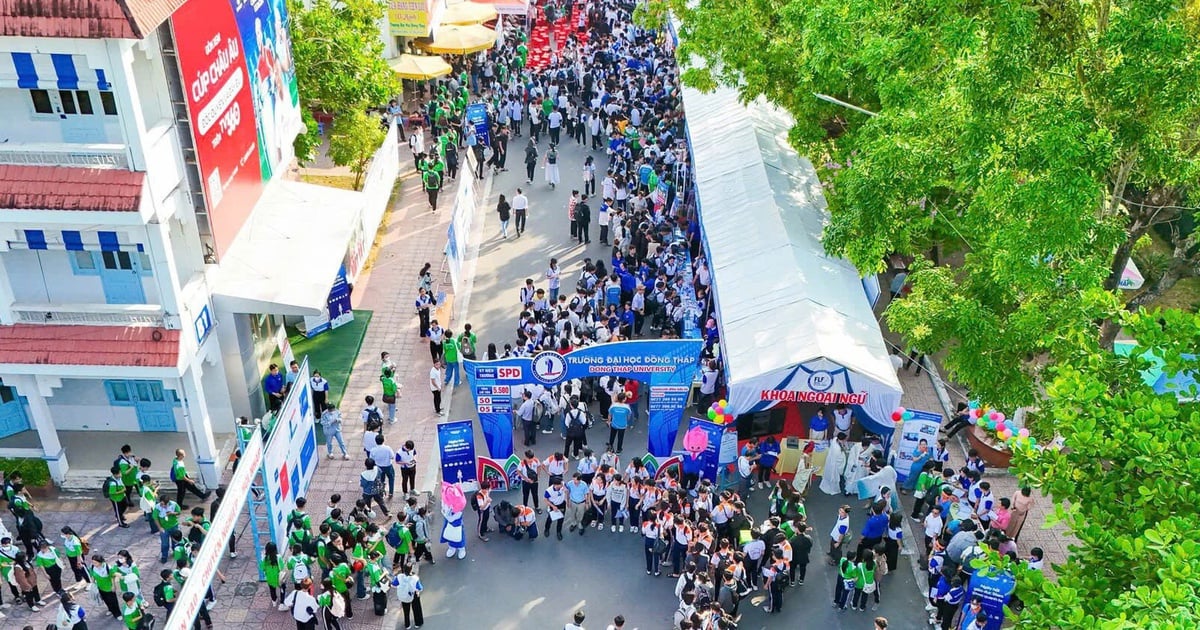
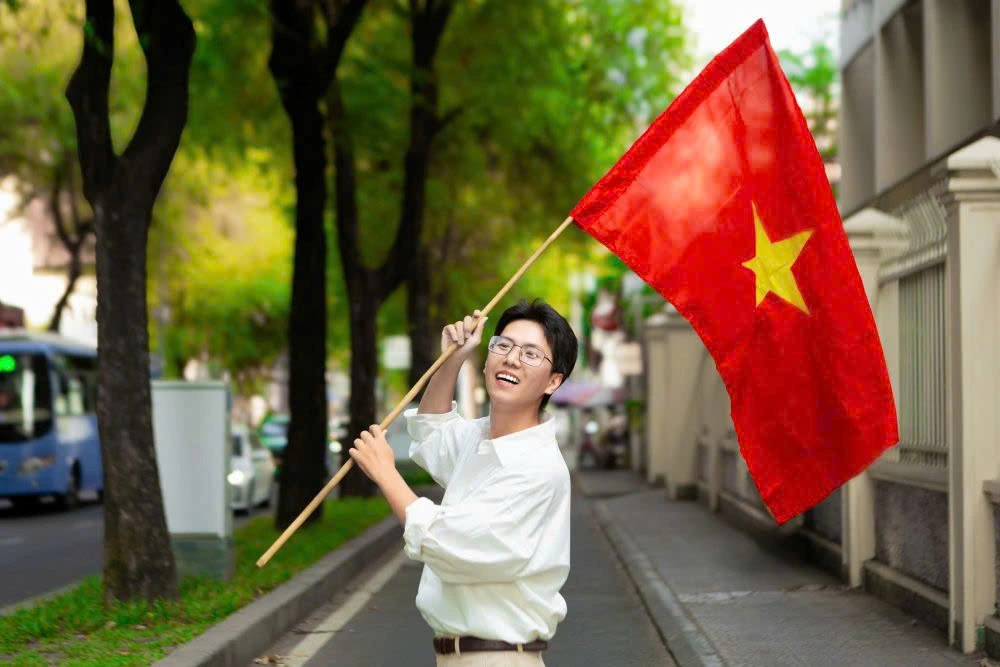








































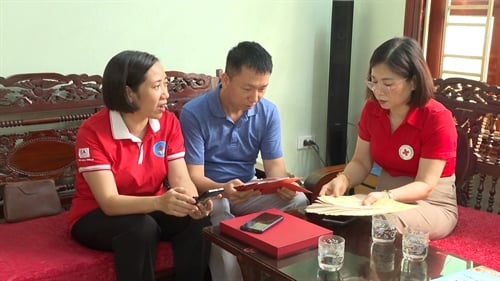
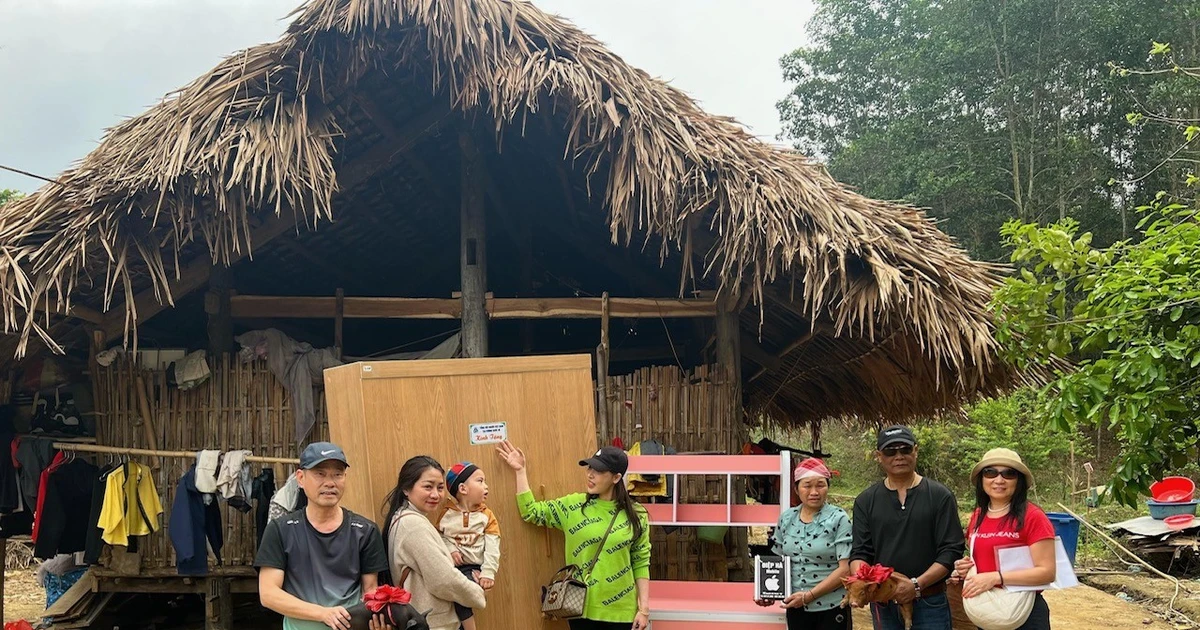



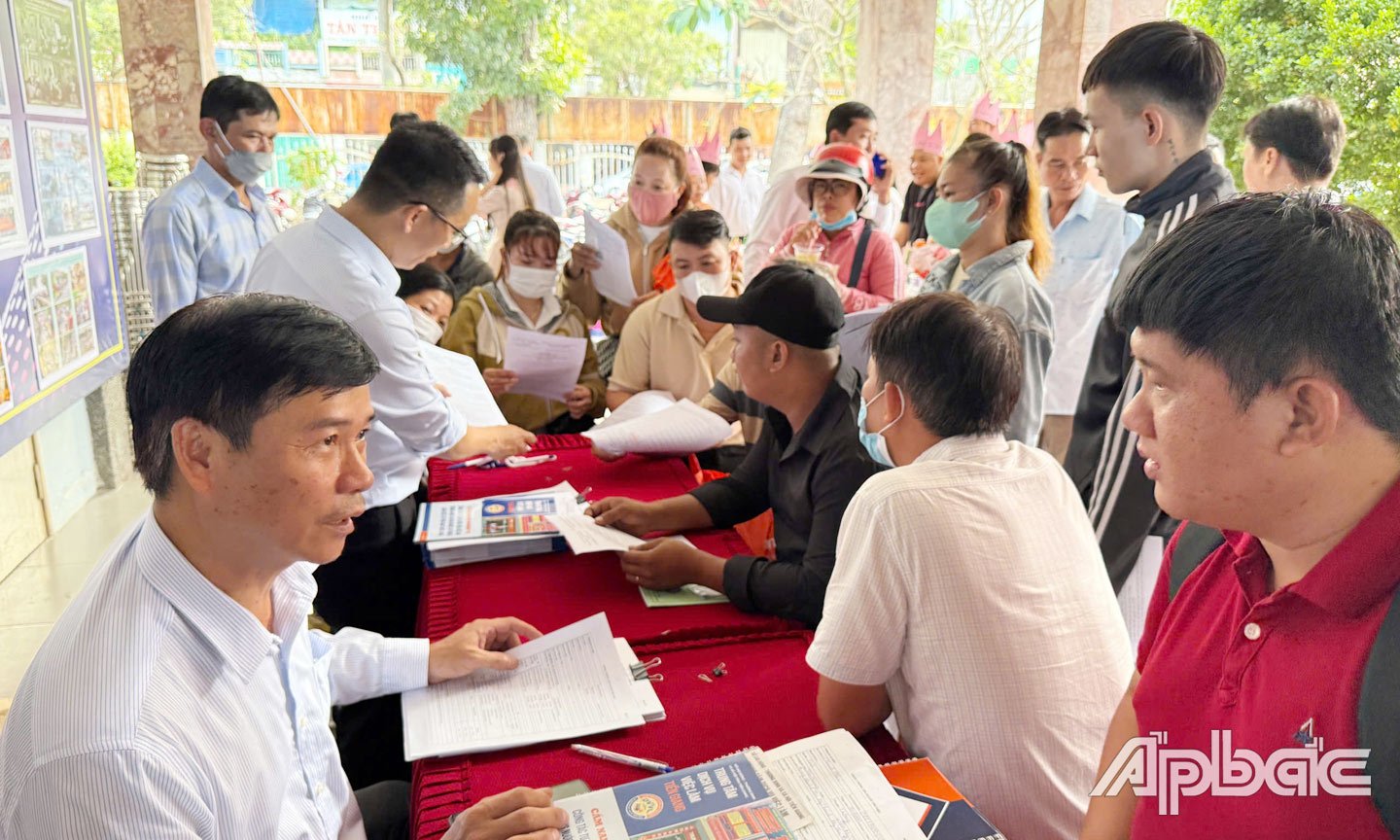

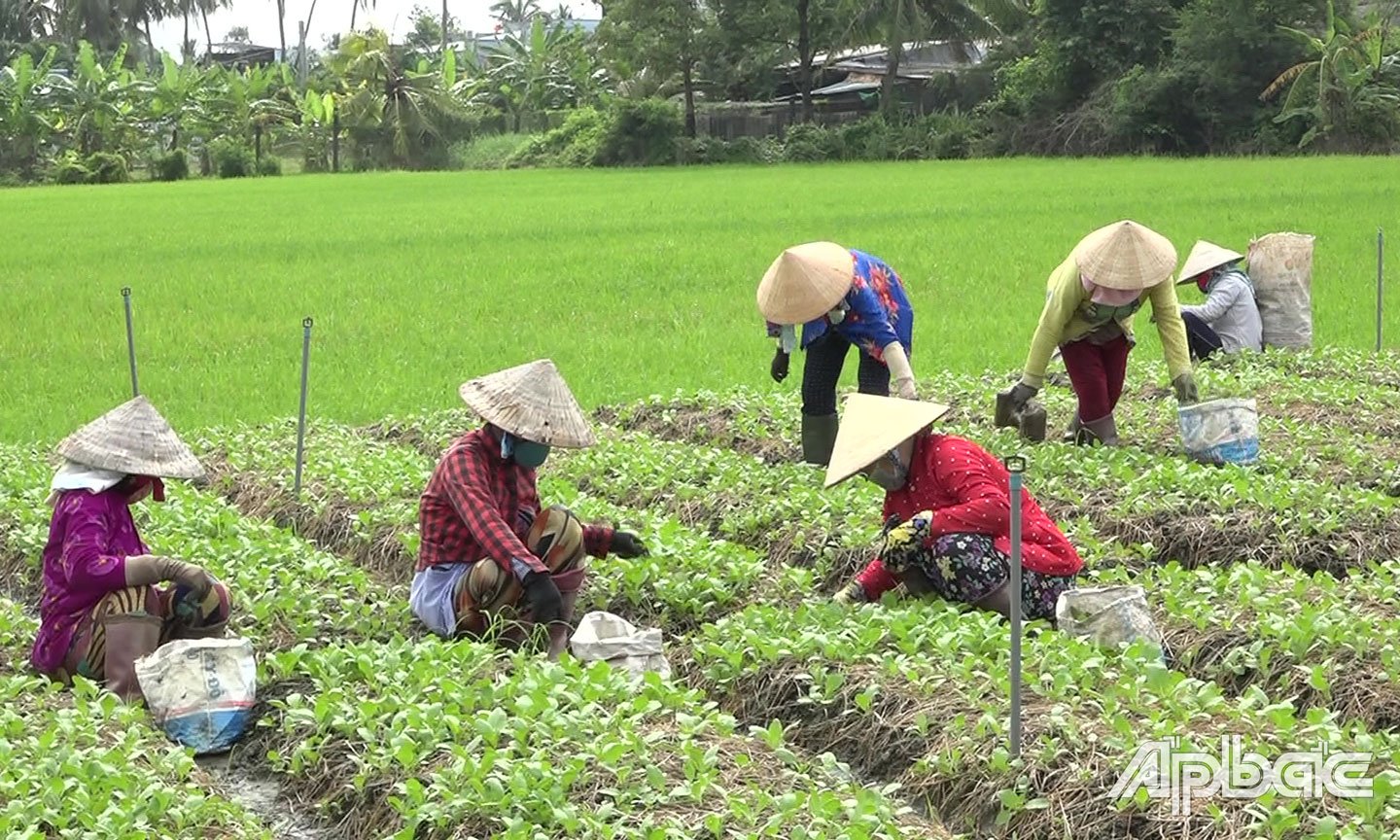
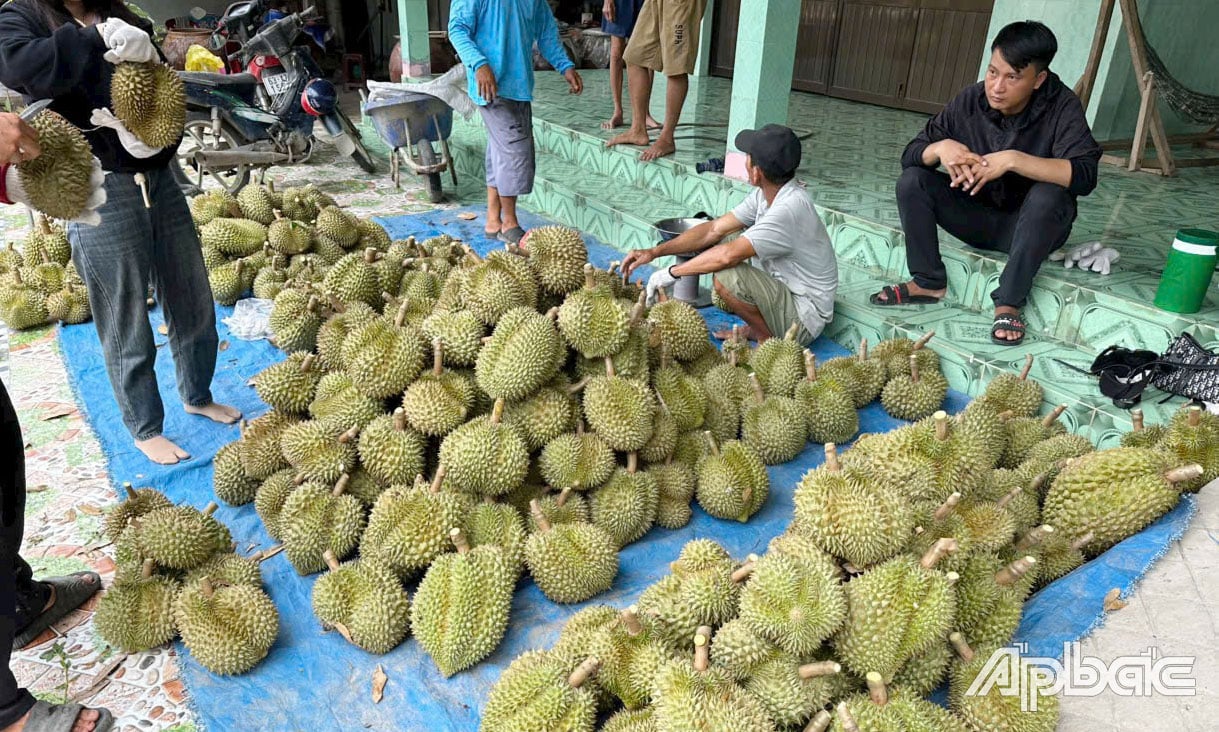










Comment (0)